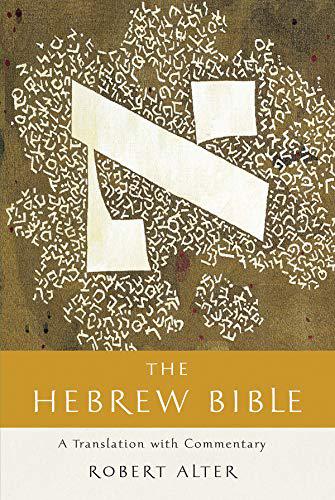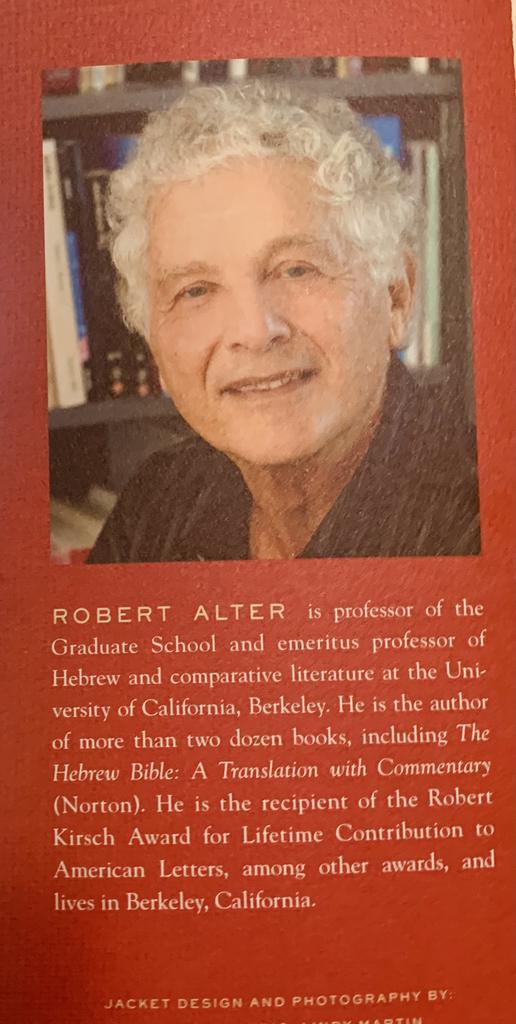[MS: Complete with 28 Introductory essays and Notes, in addition to landmark translation word by word. The 2024 Price is quite reasonable at about $75. Copyright Material. Emphasis and editing are added.]


Alter's Note on: Exodus 32, 39:33-41
32. the work . . . was completed. As Umberto Cassuto and others have noted, this passage that summarizes the completion of the Tabernacle echoes the report of God’s completion of creation, Genesis 2:1–3, with completion of the work at the beginning and blessing at the end (verse 43). One should recall that the Hebrew for “Tabernacle,” mishkan, means “dwelling”—God’s dwelling place or abode in the midst of the people of Israel. Human effort, adhering to divine direction, emulates the Creator by applying human crafts to build God a harmonious, beautiful, and intricately constructed dwelling place on earth.
33–41. The report of the construction of the Tabernacle and the fashioning of all its furnishings as well as of the priestly garments now concludes, after all the abundance of architectural and sartorial detail, in a rapid catalogue that recapitulates in summary form the principal elements of the whole project. Throughout the Tabernacle passages, both in the directions and in the implementation, language has an incantatory or quasimusical function in addition to the instructional aim, evoking in gorgeous syllables the sheer splendor and artisanal perfection of the sanctuary. This concluding catalogue is rather like the recapitulation of themes at the end of the last movement of a classical symphony, pulling all the previously stated elements together as the piece moves toward satisfying closure.
Alter Introduction to Exodus, at p. 305
"The satisfaction this material gives its audience is not story but pageantry: the splendor of the many-colored textiles displayed along the walls of the Tabernacle, the bronze loops on which they are hung, the wrought precious metals and inlaid gems of the various ritual implements. When at the end of all the building we are told, “And Moses completed the task” (40:33), we hear a significant echo of “And God completed on the seventh day the task He had done” (Genesis 2:2). Human labor, scrupulously following a divine plan, creates an ordered space that mirrors the harmony of God’s creation. But the concluding image of the book is the pillar of cloud by day ...."
/././././././././.
[M.S. Revised March 12, 2024]



